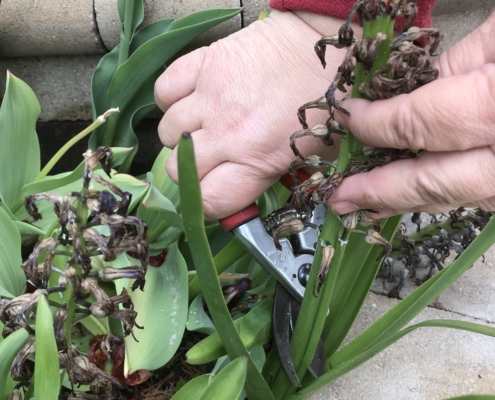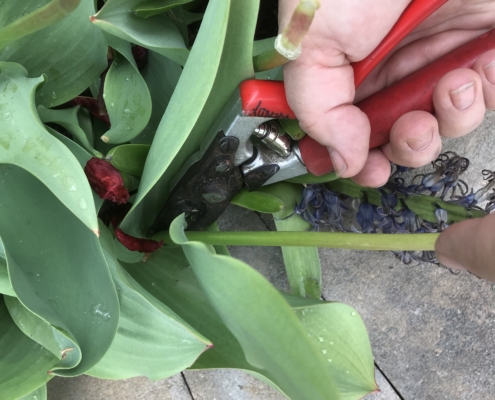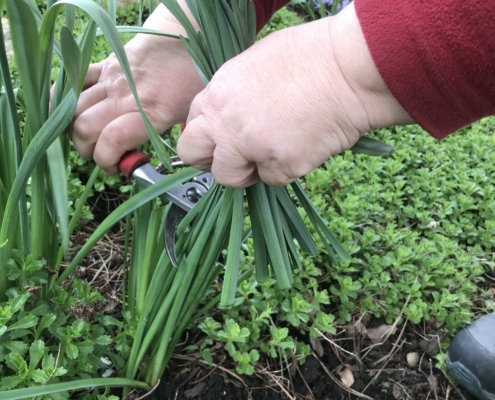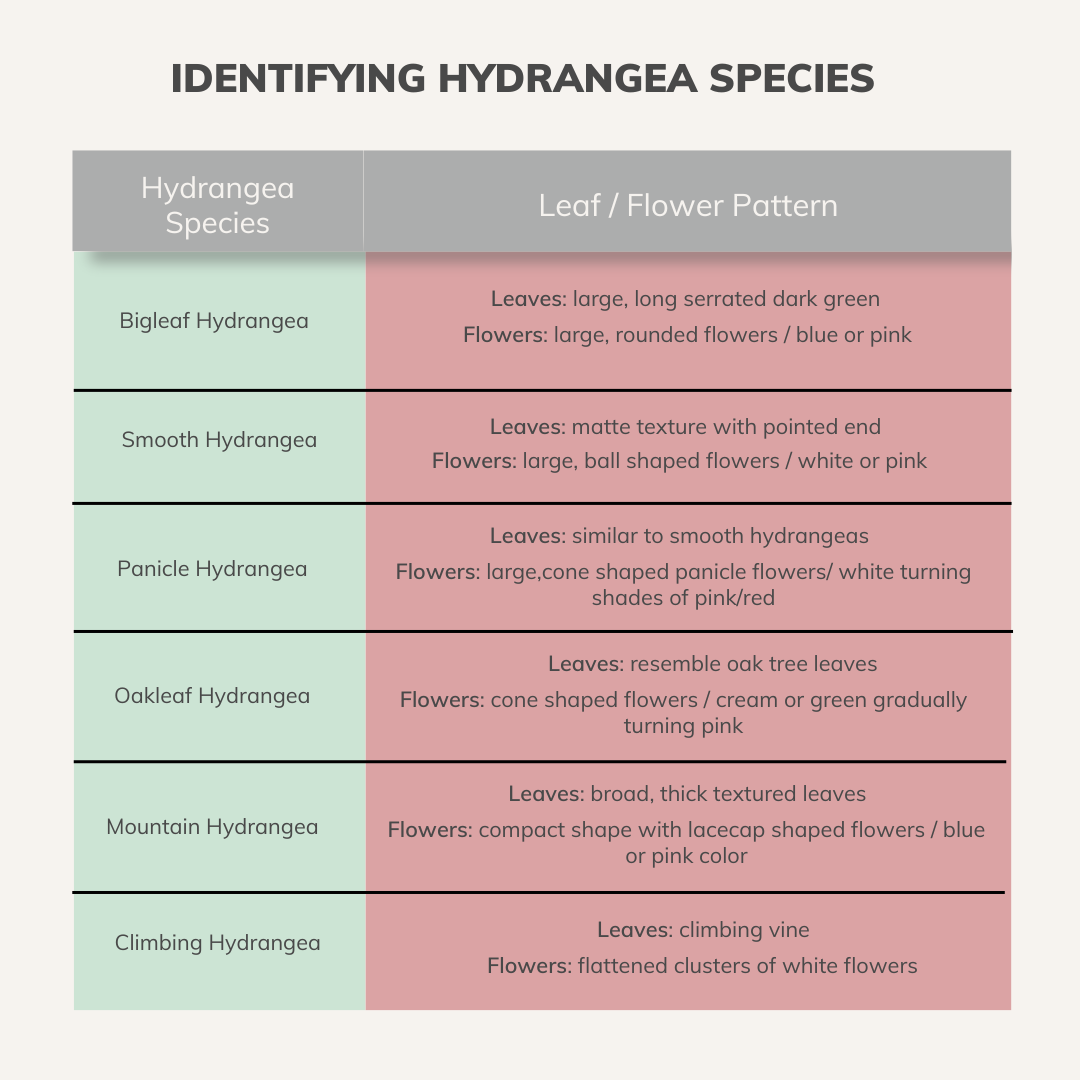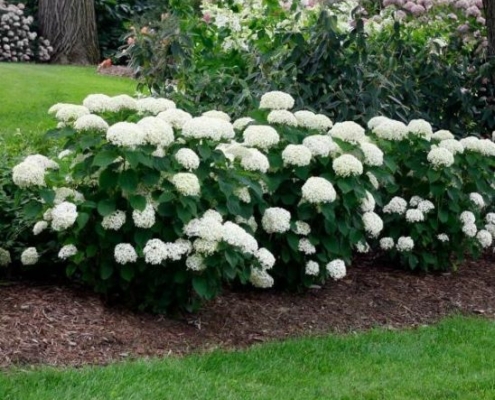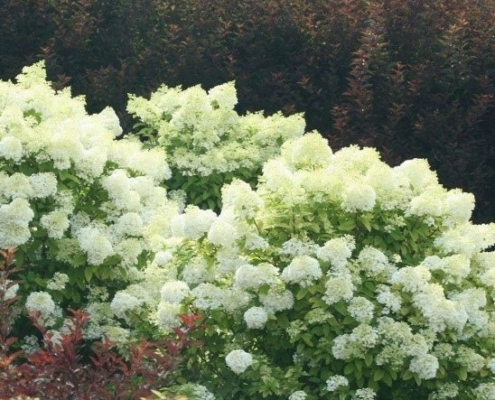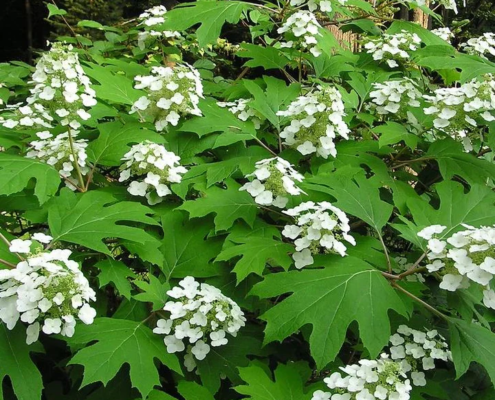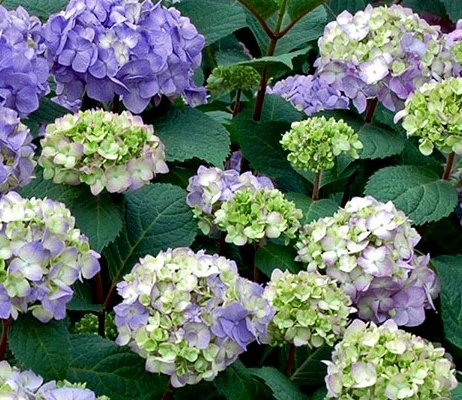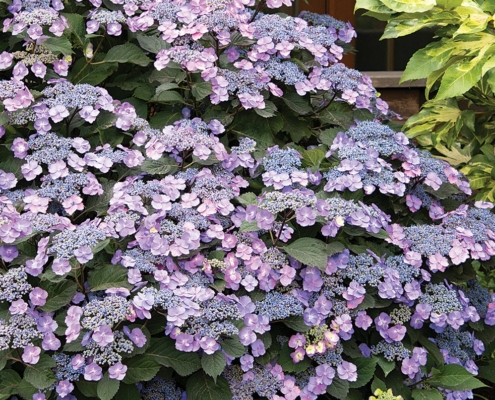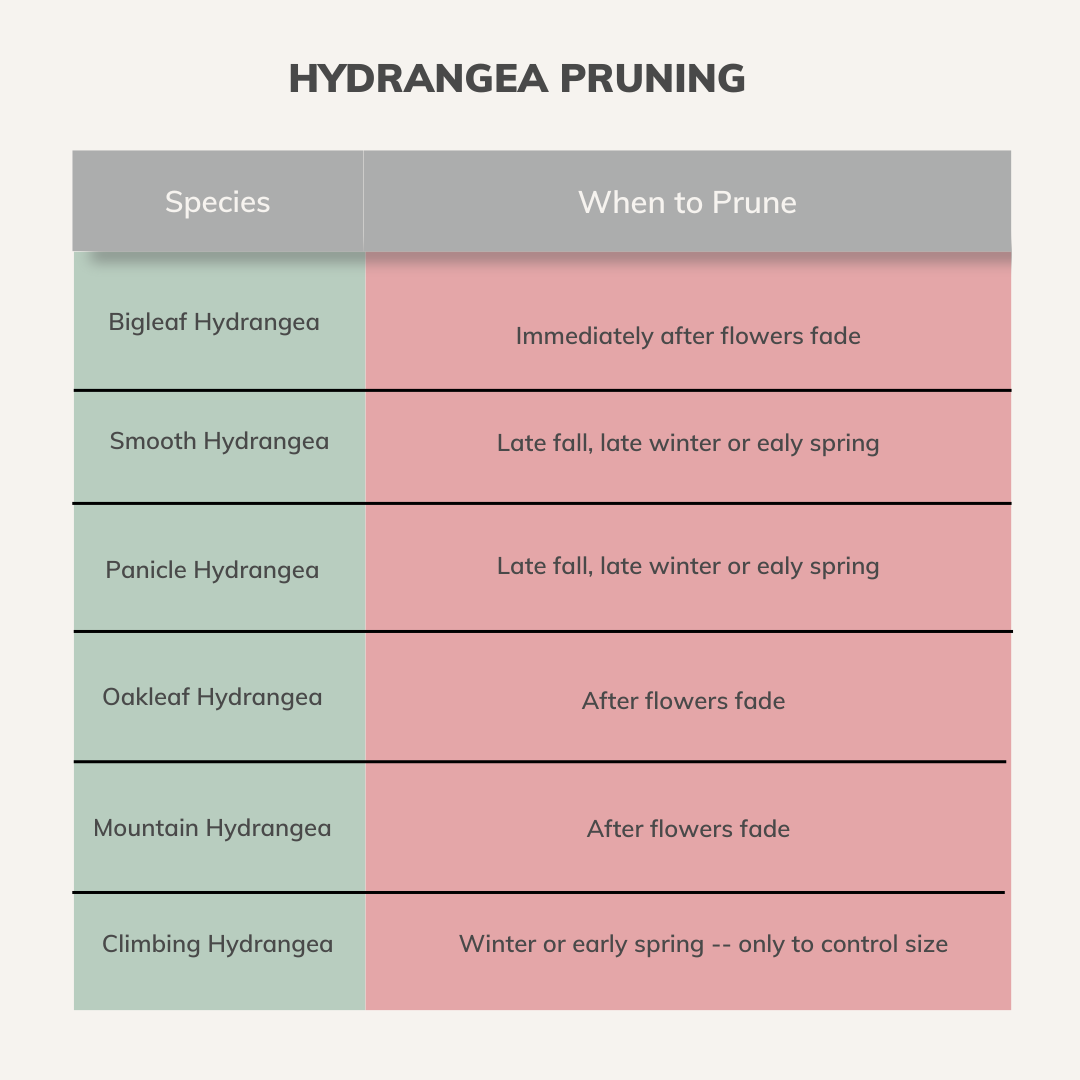How to Cut Back Spring Bulbs and Foliage
As your spring flowers begin to die off and foliage begins to droop and yellow, it’s time to take action! Follow our advice to trim these plants properly so your bulbs will produce gorgeous flowers for you again in the fall.
Hyacinth
When flowers are spent, holding the flower stem firm, cut the stalk as close to the base as you can and remove.
Tulip
When flowers are spent, holding the flower stem firm, cut the stem as close to the second leaf as you can.
For both tulips and hyacinth, be sure to leave the remaining foliage up until it yellows. That is how the bulb makes nutrients for next year’s flowers. After foliage yellows, you can pull, rake, or cut it off and dispose.
Daffodils
Daffodils are a little different than tulips and hyacinth. There are many late blooming varieties, they often grow in large clumps, and sometimes the foliage will stay green well into June. As the flowers die and the foliage starts to flop or interfere with spring planting, you can cut the foliage back to make it more attractive, while still leaving enough for the plant to store nutrients in its bulbs to flower next year.
Gather the leaves in your hands and cut straight across leaving 6”-8” of the foliage still standing. Your clumps will look nice and tidy and you can plant around them without interference.
Just like with your tulips and hyacinths, wait until leaves have yellowed before fully removing them.
Pro Tip! Consider interplanting your bulbs with perennials. As the bulbs fade, the perennials grow and hide the dying foliage, leaving you with less work!
Dividing & Transplanting
If you want to relocate your spring bulbs or if you notice they are not blooming well, you can divide and transplant them. It is best to wait until the foliage starts to die back so that the bulbs have time to store nutrients from the plant.
When you transplant your spring bulbs, add a little bone meal or bulb fertilizer to give them a boost as they root in and prepare for next year. Be sure to give them a good watering and then wait for some gorgeous flowers in fall!
Note: Tulips do not typically have the longevity in Wisconsin that daffodils do, so over time it might just be best to replant with new ones.
It’s always a great idea to get expert help with your landscaping. Get in touch today to schedule an appointment for new design/construction or to inquire about our maintenance programs.

